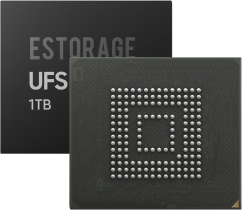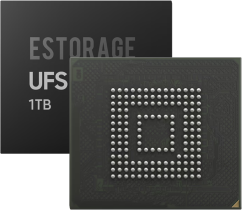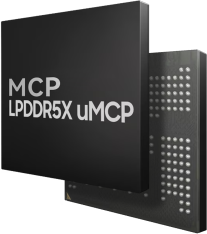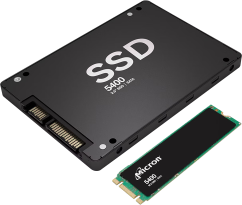Product description
The MT6253N/B is an affordable, power-efficient chipset designed to power feature phones and entry-level smartphones. Here’s a detailed look at its key features:
ARM7 Core: The ARM7 processor at the heart of the MT6253N/B is optimized for low-power consumption while still offering adequate performance for basic mobile tasks like voice calls, text messaging, and running lightweight applications. It operates at low clock speeds, ensuring that battery life is maximized, which is essential in feature phones where users expect extended periods of usage without frequent charging.
2G GSM/EDGE Connectivity: The MT6253N/B integrates a GSM/EDGE modem for 2G cellular connectivity, allowing for voice calls, SMS, and basic internet access through GPRS. This makes it ideal for regions where 2G networks are still prevalent and where high-speed data connections are unnecessary. It provides users with basic connectivity for communication and web browsing at slower speeds.
Bluetooth 2.1: The inclusion of Bluetooth 2.1 support enables devices to connect wirelessly to Bluetooth-enabled peripherals such as headsets, speakers, and other devices. This is especially useful for hands-free calling, wireless audio playback, and other Bluetooth-based communication.
Multimedia Support: The MT6253N/B provides basic audio and video capabilities. It supports MP3, AAC, and AMR audio formats, enabling users to enjoy music, voice recordings, and other audio files. Video playback is supported at QVGA resolution (320 x 240), which is typical for feature phones that focus on basic media playback rather than high-resolution video.
Camera: The SoC supports a VGA camera (640 x 480 resolution), enabling users to take basic photos and record videos. Although the camera quality is not as high as those found in smartphones, it is sufficient for simple photography tasks.
Power Efficiency: The MT6253N/B is built with power efficiency in mind, incorporating low-power modes and other energy-saving features to extend battery life. This is particularly important in feature phones where battery longevity is a key selling point, as these devices often rely on smaller batteries that need to last for several days on a single charge.
Expandable Storage: The microSD card support allows users to store additional media, such as music, photos, and even some lightweight apps, increasing the flexibility of the device.
Peripheral Support: The SoC supports a range of common peripherals, including USB for data transfer and charging, audio for headphones and speakers, and camera interfaces for image capture.
Specification parameters
Processor:
ARM7 processor core for basic computational tasks.
Clock Speed: Typically operates at low clock speeds (around 260 MHz to 400 MHz) to optimize for low power usage.
Connectivity:
GSM/EDGE modem for 2G cellular connectivity.
GPRS support for basic mobile data services, providing slow-speed internet access.
Wireless Connectivity:
Bluetooth 2.1 support for wireless communication with Bluetooth-enabled devices.
Multimedia:
Audio: Supports MP3, AAC, and AMR audio formats for music, ringtones, and voice recordings.
Video: Supports basic QVGA video playback (320 x 240 resolution).
Camera: Supports a VGA camera (640 x 480 resolution) for capturing photos and video.
Display:
Supports QVGA (320 x 240 pixels) resolution displays, common in feature phones.
Memory and Storage:
Supports external microSD cards for expandable storage.
Battery Management:
Battery management for Li-ion and Li-polymer batteries, focusing on power efficiency.
I/O Support:
Includes interfaces for USB, audio, and camera, providing compatibility with various peripherals.





